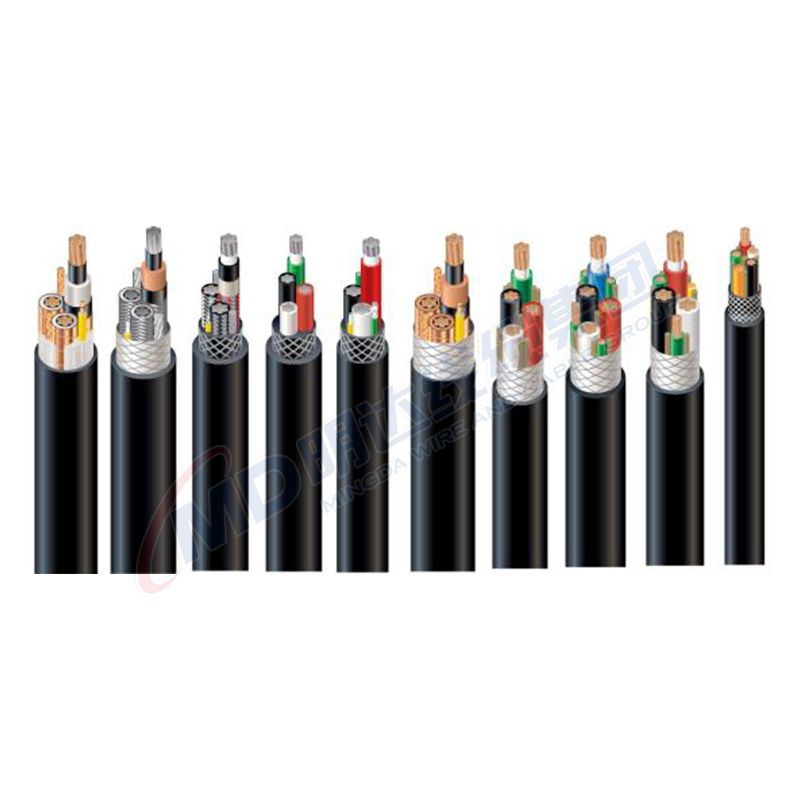វិច្ឆិកា . 28, 2024 04:33 Back to list
Durable Stainless Steel Butterfly Valve for Reliable Flow Control and System Performance
Stainless Steel Butterfly Valve An Essential Component in Modern Industrial Applications
The stainless steel butterfly valve is an essential component in various industries, known for its reliability, durability, and efficiency. These valves function by utilizing a rotating disc to control the flow of fluids, whether liquids or gases, through a pipeline. Their unique design and materials make them an ideal choice for demanding applications that require resistance to corrosion, high temperatures, and pressure fluctuations.
Construction and Design
Stainless steel butterfly valves are primarily composed of a valve body, a disc, a stem, and a seat. The choice of stainless steel as the primary material is critical, as it offers excellent resistance to rust and tarnishing, making it suitable for harsh environments, including chemical processing plants, water treatment facilities, and oil and gas operations. The most commonly used grades of stainless steel for these valves are 304 and 316, with the latter providing enhanced resistance to chlorides and other corrosive agents.
The valve's design includes a relatively simple structure, which contributes to its lightweight nature compared to other types of valves. This lightweight design allows for easier installation and maintenance, reducing labor costs in industrial settings. The disc, which rotates around a central axis, is responsible for regulating the flow. When the valve is fully open, the disc is parallel to the flow direction, allowing maximum flow capacity. Conversely, when closed, the disc obstructs flow entirely, ensuring a tight seal.
Advantages of Stainless Steel Butterfly Valves
1. Corrosion Resistance One of the primary benefits of stainless steel butterfly valves is their natural resistance to corrosion. This characteristic ensures longevity and reliability in environments where traditional carbon steel valves would fail, such as in acidic or saline conditions.
2. Low Pressure Drop These valves are designed to minimize turbulence and pressure drop across the valve. The streamlined shape allows for high flow rates while maintaining efficient performance, making them optimal for applications requiring significant throughput.
stainless steel butterfly valve

3. Versatility Stainless steel butterfly valves are used in various applications, from HVAC systems to food and beverage processing, pharmaceuticals, and wastewater treatment. Their adaptability to different media, including aggressive chemicals, further enhances their utility across multiple sectors.
4. Ease of Operation Many stainless steel butterfly valves can be operated manually via a lever or handle, but they can also be automated with electric or pneumatic actuators. This flexibility ensures they can be integrated seamlessly into modern automated systems.
5. Cost-Effective While the initial investment may be higher than other types of valves, stainless steel butterfly valves tend to have lower long-term operational costs due to their durability and reduced maintenance needs.
Applications
The use of stainless steel butterfly valves spans a wide range of industries. In the oil and gas sector, they are essential for controlling flow in pipelines and storage tanks. In water treatment facilities, they regulate the flow of water, ensuring efficient treatment processes. The food and beverage industry benefits from their sanitary design, which meets stringent health and safety standards.
Conclusion
In conclusion, stainless steel butterfly valves play a crucial role in facilitating efficient and reliable operation in various industrial processes. Their construction, durability, and wide-ranging applications make them invaluable assets in settings where performance and safety are paramount. As industries continue to evolve and face new challenges, the importance of robust components like stainless steel butterfly valves cannot be overstated. Investing in quality valves not only enhances operational efficiency but also extends the system's overall lifespan, driving productivity and reducing costs in the long run.
Share
-
Y Strainers: Protecting Your Pipes with PrecisionNewsAug.27,2025
-
Wafer Type Butterfly Valves: Reliable Flow Control SolutionsNewsAug.27,2025
-
Wafer Type Butterfly Valves: Essential Components for Efficient Flow ControlNewsAug.27,2025
-
Reliable Flow Control with High-Quality Check ValvesNewsAug.27,2025
-
Reliable Flow Control with Gate ValvesNewsAug.27,2025
-
Innovative Check Valves for Reliable Flow ControlNewsAug.27,2025


